The Phoenix Zoo's Remarkable Journey
From Barren Landscapes to Conservation Haven

Witness the extraordinary transformation of the Phoenix Zoo, once a desolate desert landscape in Papago Park, into a world-renowned institution dedicated to education, conservation, and community engagement, leaving an indelible mark on the Salt River Valley.
From its humble beginnings in the arid landscapes of Papago Park, the Phoenix Zoo has transformed into a renowned non-profit zoological park, captivating locals and visitors alike with its commitment to education, conservation, and community outreach. Once a barren desert expanse, the zoo's origins can be traced back to the 1930s when it served as the Hunt Bass Hatchery, a Works Progress Administration initiative to generate jobs during the Great Depression by raising fish for local ponds in man-made lakes. In 1959, ownership of the land transitioned from the Arizona Game and Fish Department to the Arizona Zoological Society, led by animal enthusiast Robert Maytag, who utilized his family's washing machine fortune to bring his vision of a zoo to life.
Although Maytag tragically passed away before the zoo's grand opening, his widow, Nancy Maytag Love, assumed the mantle and took on the role of President of the society's board of directors. On November 11, 1962, the Maytag Zoo officially opened its gates, subsequently rechristened as the Phoenix Zoo in 1964 to solidify its connection to the local community. Building on its mission to educate, the zoo fostered deep bonds with countless Phoenix families over the years, resulting in a significant economic impact of over a billion dollars in investments towards food, equipment, and infrastructure that benefit the wider community.
Gone are the days when zoos were characterized by bare concrete floors and steel bars. The Phoenix Zoo prides itself on its expansive habitats and commitment to animal enrichment, underscored by stringent educational requirements for its staff. As a testament to its dedication to animal welfare and conservation, the zoo has attained full accreditation from the esteemed Association of Zoos and Aquariums, exceeding rigorous scientific standards.
The Phoenix Zoo's influence extends far beyond its gates, playing a vital role in conservation efforts within Arizona and on a global scale. The zoo actively participates in breeding programs aimed at reintroducing endangered and nearly extinct species back into the wild, including the remarkable Operation Oryx, which witnessed the birth of 225 Arabian Oryx at the zoo in 2002. Additionally, the zoo has been instrumental in breeding the endangered Black-footed Ferrets since 1991 and expanded its efforts with the establishment of a dedicated 6,200-square-foot breeding center in 2010. Collaborating with organizations like HUTAN for orangutan conservation, the Grevy's Zebra Trust, the Giant Armadillo conservation program, and the Anteaters and Highways Project, the Phoenix Zoo actively contributes to a multitude of global conservation initiatives.
With its unwavering commitment to education, conservation, and community engagement, the future of the Phoenix Zoo shines brightly. What began as a modest presence in Papago Park in the 1960s has blossomed into a renowned force in animal welfare, making the Phoenix Zoo a source of immense pride for the Salt River Valley community.
Audio
Images

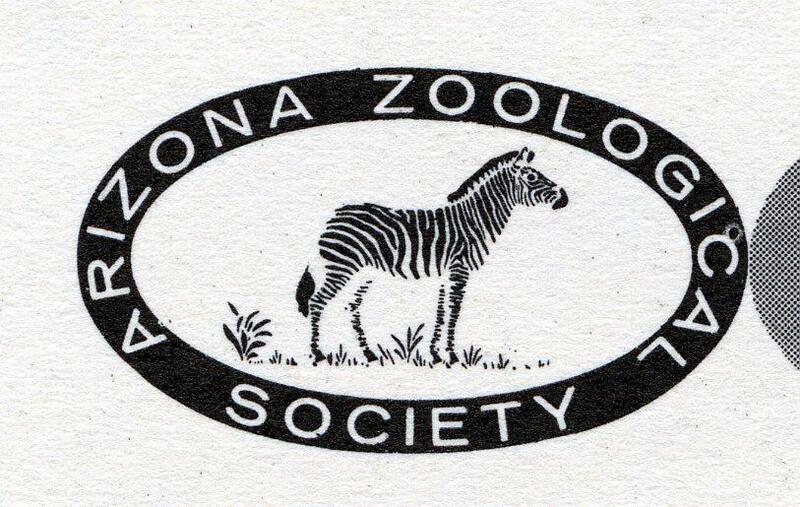
The initial logo for the AZ Zoological society, later renamed AZ Center for Nature Conservation. Source: AZ Zoological Society First Logo. Photograph. Phoenix, 1960. Phoenix Zoo. https://worldclasszoo.wordpress.com/
Creator: Arizona Zoological Society / Arizona Center for Nature Conservation Date: 1960
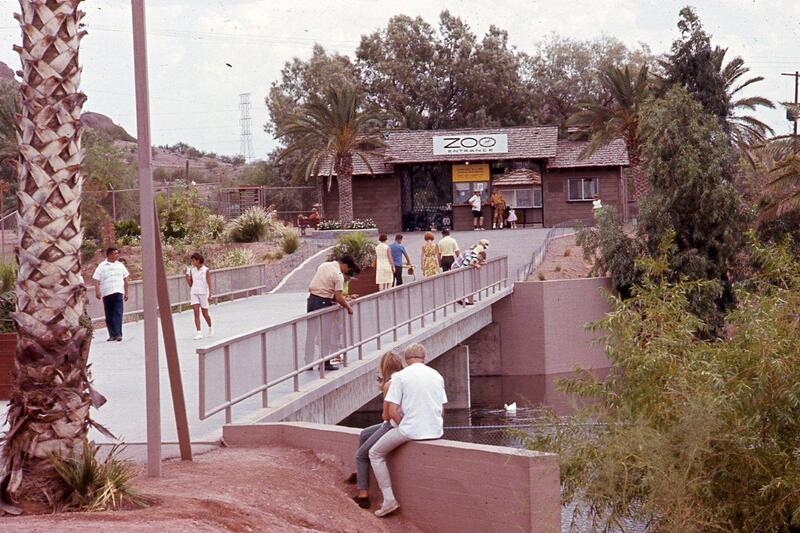
The original zoo entrance for the Phoenix Zoo, while small would go on to be one of the top 5 zoos in the country. Source: Phoenix Zoo Entrance 1960s. Photograph. Phoenix, 1960. Phoenix Zoo.
https://worldclasszoo.wordpress.com/
Date: 1960

https://worldclasszoo.wordpress.com/
Date: 1964

An upgraded entrance for the Phoenix Zoo would come to represent a grand dream for the zoo. Source: Phoenix Zoo Entrance 1973. Photograph. Phoenix, 1973. Phoenix Zoo.
Date: 1973
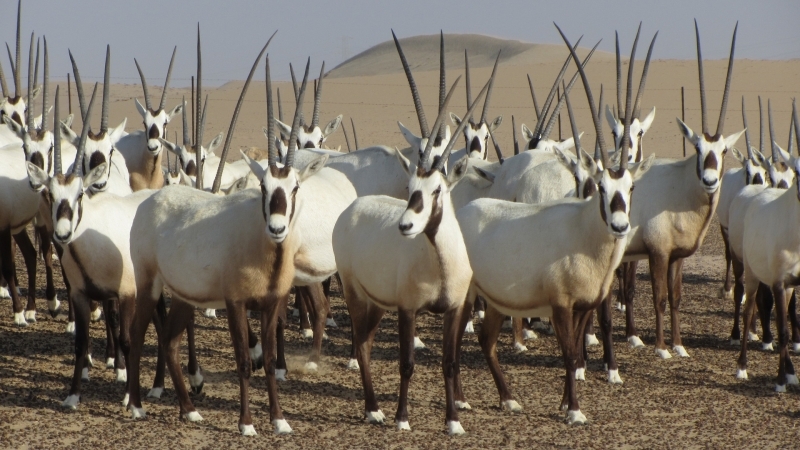
The Arabian Oryx, the immensely successful Operation Oryx which reintroduced the Arabian Oryx with the birth of the zoos 225 Arabian Oryx in 2002 Source: Leander, Sandy. Arabian Oryx. Photograph. Tempe, January 24, 2014. Arizona State University.
Date: 2014
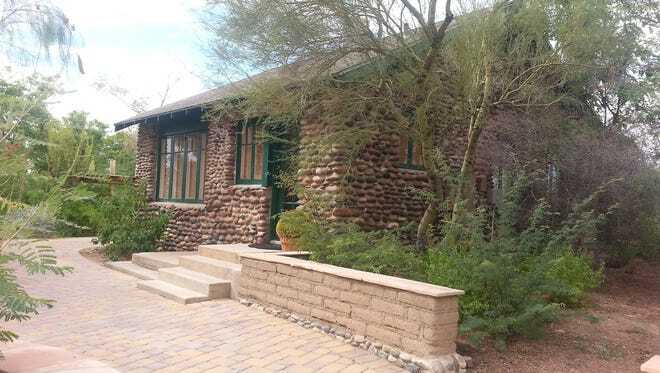
Hunt Bass Hatchery Caretaker House, currently listed as the Ruby's House. Source: Harwick, Linda. Rubys House/ Hunt Bass Hatchery Caretakers House. Photograph. Phoenix, October 20, 2015. Phoenix Zoo.
https://www.azcentral.com/story/news/local/asked-answered/2015/10/20/phoenix-zoos-house-hill-has-historic-significance/74297562/
Date: 2015

The official historical marker for Ruby’s house. Source: Jeter, Angie. The Hunt Bass Hatchery Caretaker's House Marker at the Phoenix Zoo. Photograph. Phoenix, September 17, 2017. The Historical Marker Database.
https://www.hmdb.org/m.asp?m=34557
Date: 2017
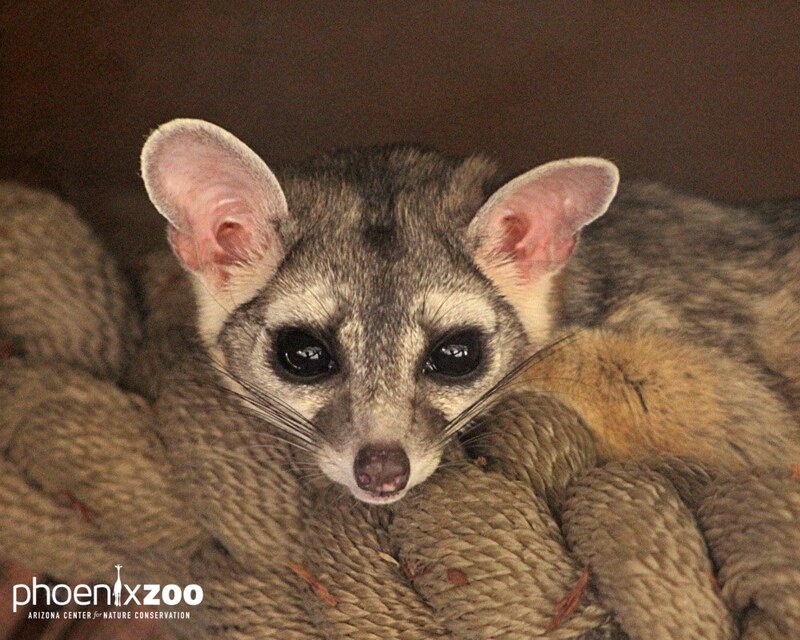
Arizona’s state mammal the Ringtail, is housed at the Phoenix Zoo. Weighing 1-2lbs and growing up to 2 feet long. Source: Phoenix Zoo's Ringtail State. Photograph. Phoenix , July 5, 2018. Phoenix Zoo.
https://www.facebook.com/PhoenixZoo/posts/10156411492799707
Date: June 5, 2018
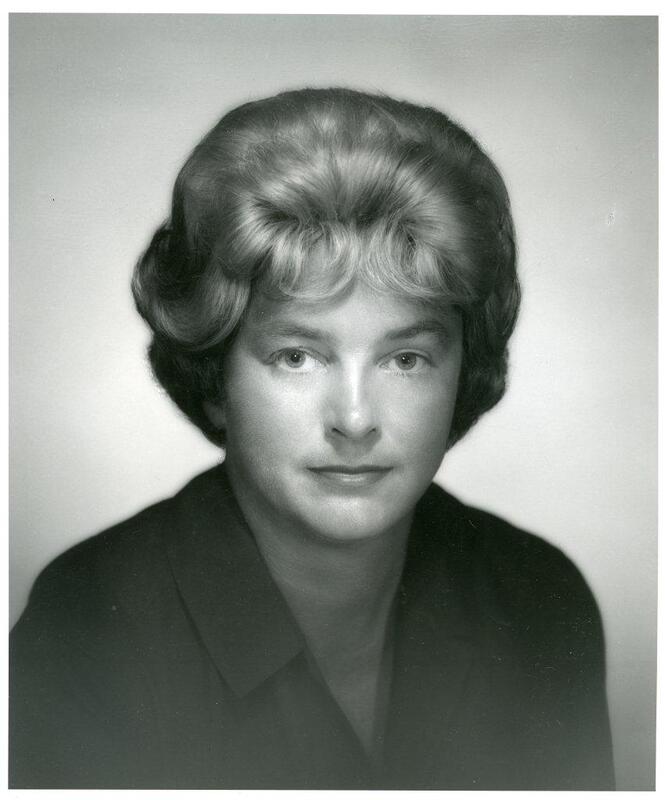
Nancy Maytag Love was Robert Maytag’s wife and stepped up in the wake of his death and was named as President of the Society’s board of directors, she continued his life's work through, and on November 11th, 1962 the Maytag Zoo was opened. Source: Nancy Maytag. Photograph. Phoenix, n.d. Phoenix Zoo.